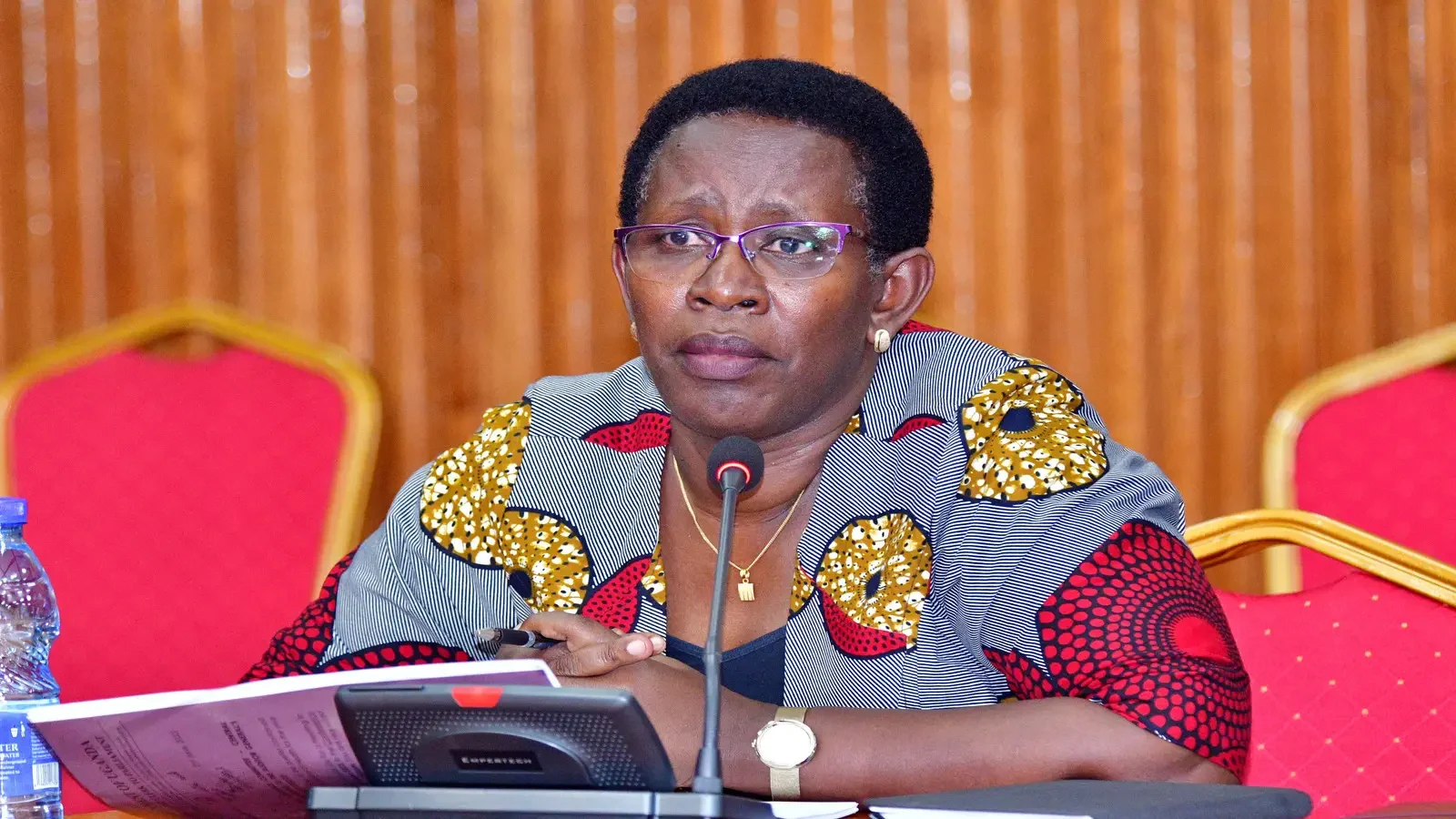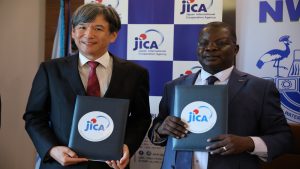Share
Under Permanent Secretary Diana Atwine’s direction, the Health Ministry is considering borehole drilling as a long-term way to reduce the growing water costs that hospitals—especially those in rural areas—are facing. The National Water and Sewerage Corporation (NWSC) is owing an increasing amount of unpaid water bill arrears, which gave rise to this proposal during talks at the Parliamentary Health Committee.

Dr. Atwine stressed the value of boreholes in supplying water to medical facilities, particularly in rural areas where water scarcity is common. She emphasized how clean water is essential to hospital operations, especially for sanitation needs as opposed to just drinking.
The plan is being presented in the wake of disclosures made by Mr. Johnson Amayo, NWSC’s deputy managing director, concerning the significant unpaid water bills that Ministries, Departments, and Agencies (MDAs) owe, which as of January 2024 total Shs14.99 billion. Notable hospitals with significant outstanding debts include Naguru Hospital, Jinja Regional Referral Hospital, Mulago Specialized Women’s Hospital, and Mulago National Referral Hospital.
Although NWSC agrees that borehole construction is feasible, Mr. Amayo issued a warning regarding possible health hazards related to their use. He issued a warning about the potential for water contamination and the ensuing health risks, especially in cities with substantial sewer systems like Kampala.
Mr. Amayo stressed the vital role that hospitals play in providing healthcare and cautioned against installing boreholes without taking the necessary precautions to guarantee the purity of the water. He emphasized the significance of putting water quality above cost-cutting strategies and drew attention to the possible health effects of lowering water safety regulations.












